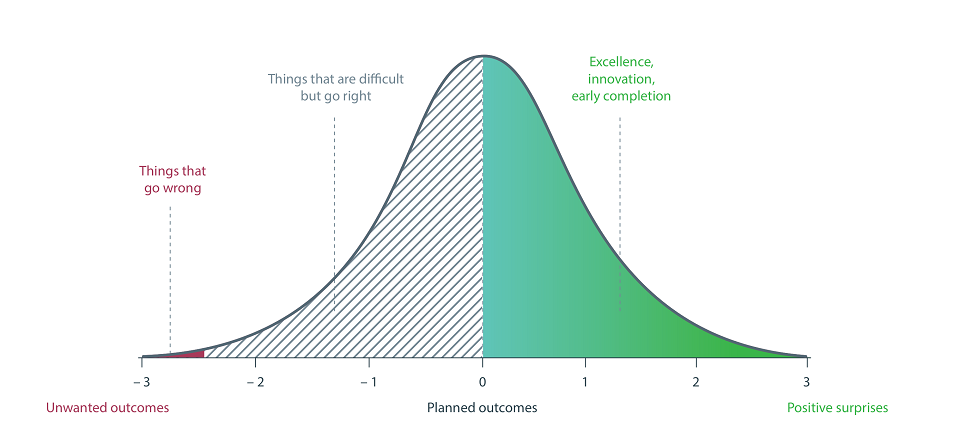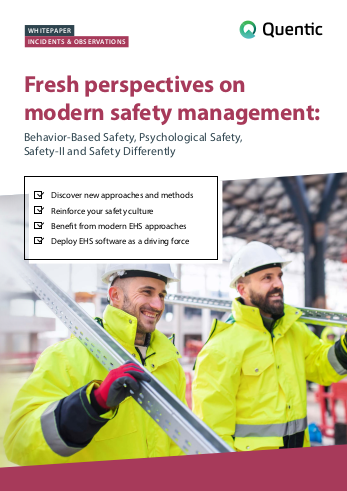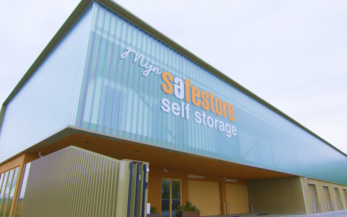8 minutes03/01/2021
by Timo Kronlöf
Every year, my colleagues and I ask some of the most forward-thinking minds in occupational health and safety to answer five questions about the current developments in their field. Then we publish the results in our Safety Management Trend Report. I realize, of course, that some of our expert contacts will be unable to respond to our request, either due to a lack of time or on other grounds. However, I never expected that someone would decline for the following reason:
“All five questions refer to “safety management” but [the survey] does not bother to clarify what safety management means. It is taken for granted, and not unreasonably so, that the term refers to the common understanding of safety as a condition where as little as possible goes wrong. From this basis the purpose of safety management is clearly to work towards achieving that, preferably reaching the ideal state of zero accidents / incidents / losses, etc. This interpretation represents a Safety-I perspective.”
I received this message from Erik Hollnagel, a renowned professor who has made a name for himself as an expert in the fields of resilience engineering, system safety, and intelligent human-machine systems. He has released numerous books and publications on occupational health and safety; I cited some of them in my Master’s thesis. I was therefore already aware of the distinction Hollnagel drew between Safety-I and Safety-II. What I was not aware of was the scale of this paradigm shift.









